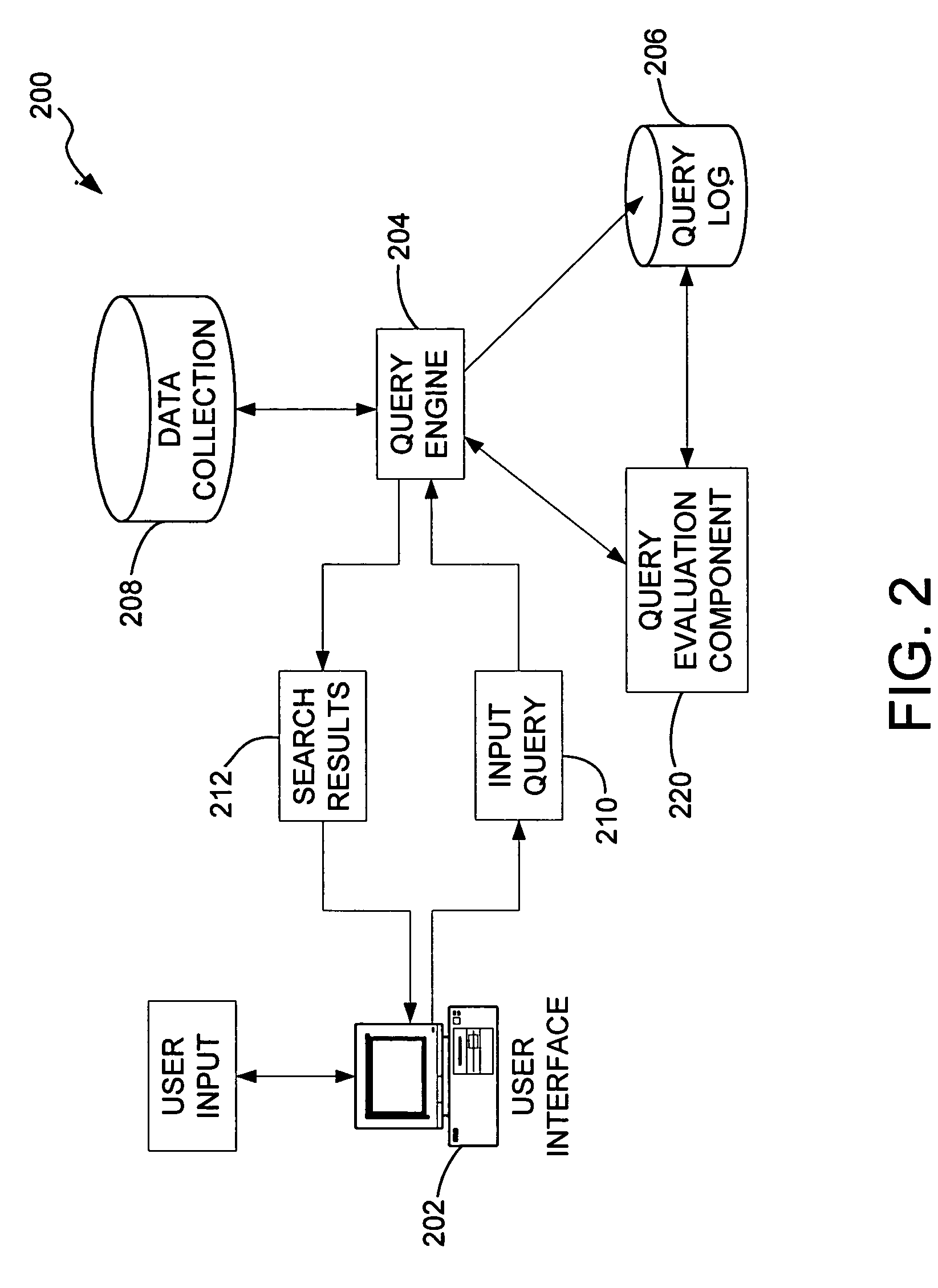Error model formation
a technology of error model and error model, applied in the field of form of spell checker, can solve the problems of inability to correct or suggest errors, high time-consuming and laborious to re-navigate, and inability to accurately enter in-dictionary words, etc., to achieve the effect of convenient correction or suggestion
- Summary
- Abstract
- Description
- Claims
- Application Information
AI Technical Summary
Benefits of technology
Problems solved by technology
Method used
Image
Examples
Embodiment Construction
[0019] The present invention generally relates to systems and methods of forming a target error model to facilitate domain-based spell checking or editing including suggesting corrections of input text relating to a target data collection. The input text can include that of a document that relates to the target data collection, an input query to the target data collection, or other input text relating to the target data collection. The target error model is generally formed using source query logs containing input queries to more general source data collections, such as the web, which are not directly related to the target data collection. As will be explained in detail below, the formation (i.e., building or generation) of such an error model, in accordance with embodiments of the invention, is accomplished without reliance on a query log for the target data collection.
[0020] Before describing the present invention in greater detail, a discussion of exemplary computing environment...
PUM
 Login to View More
Login to View More Abstract
Description
Claims
Application Information
 Login to View More
Login to View More - R&D
- Intellectual Property
- Life Sciences
- Materials
- Tech Scout
- Unparalleled Data Quality
- Higher Quality Content
- 60% Fewer Hallucinations
Browse by: Latest US Patents, China's latest patents, Technical Efficacy Thesaurus, Application Domain, Technology Topic, Popular Technical Reports.
© 2025 PatSnap. All rights reserved.Legal|Privacy policy|Modern Slavery Act Transparency Statement|Sitemap|About US| Contact US: help@patsnap.com



